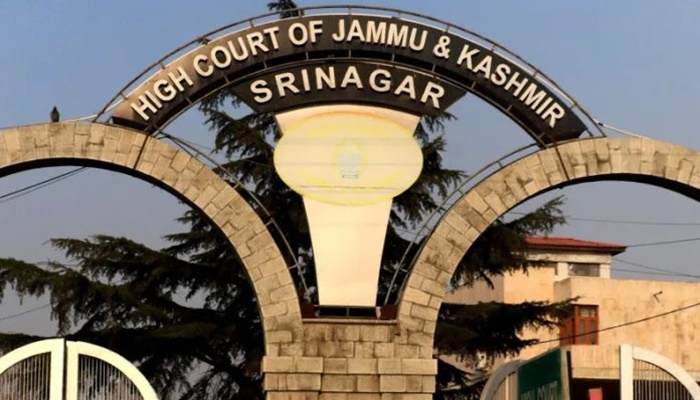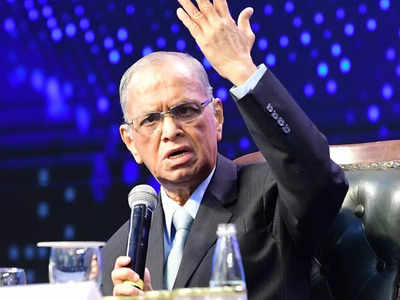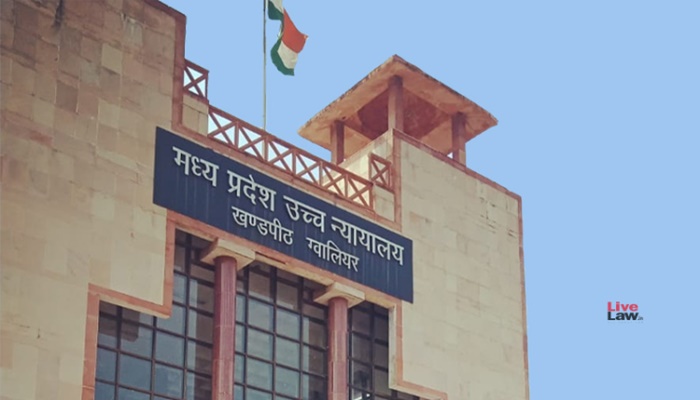India faces a significant challenge in its employment landscape, with over 50% of graduates occupying roles that require much lower skill levels, ToI reported on July 2 based on findings by the Institute for Competitiveness, affiliated with Harvard Business School. This alarming statistic highlights a disconnect between educational attainment and the job market, leaving many graduates underutilised in their potential, the report (by Manash Pratim Gohain) said.
This recurring pattern of inefficiencies underlines why official data showing big improvements in job generation may not really matter.
According to the findings, despite increased access to higher education, an astonishing 88% of the workforce is engaged in low-competency jobs. These findings raise important questions about the future of India’s workforce and the economic implications of such a skills mismatch.
As India continues to develop, addressing these skill mismatches will be essential to harnessing the full potential of its workforce, the report said. The future of India’s economy depends on ensuring that graduates are equipped for the roles they aspire to, while simultaneously meeting the demands of a rapidly changing job market, it added.
Regional disparities
The report, titled “Skills for the Future: Transforming India’s Workforce Landscape,” utilises data from the Periodic Labour Force Survey spanning 2017-18 to 2023-24. It identifies stark regional disparities in high-skill job opportunities.
States like Bihar and Uttar Pradesh show low representation of skilled professionals, while Union Territories and states such as Chandigarh, Puducherry, Goa, and Kerala demonstrate better utilisation of graduate skills.
Specifically, only 8.25% of graduates are in roles that align with their qualifications, indicating a profound underutilisation of talent across the country. The “Mismatch Table” within the report further illustrates that more than half of graduates are employed in roles such as clerks, machine operators, and sales workers, which correspond to lower skill levels.
A way out
Various factors contribute to this situation, including the prevalence of informal training and Technical and Vocational Education and Training (TVET), which have allowed some underqualified workers to secure higher-skill positions, the findings showed.
Wage trends reflect this disparity, with Skill Level 1 workers earning minimum wages while those in higher skill brackets enjoy more substantial annual wage growth.
Interestingly, Delhi, Puducherry, and Goa have experienced modest increases in mid- and high-skill jobs, indicating potential pathways for improvement.
To tackle the skills mismatch, the report advocates for a comprehensive policy framework. Key recommendations include the establishment of a disaggregated Skill Gap Analysis Survey, the creation of a central Skill Data Repository, and the updating of the National Classification of Occupations (NCO).
Moreover, aligning training programmes with industrial clusters, integrating TVET with general education, and incentivising companies to hire PMKVY-certified workers are crucial steps towards building a competitive workforce. These initiatives aim to prepare India for a digital, green, and global economy, aligning with the nation’s aspirations for 2047.




















